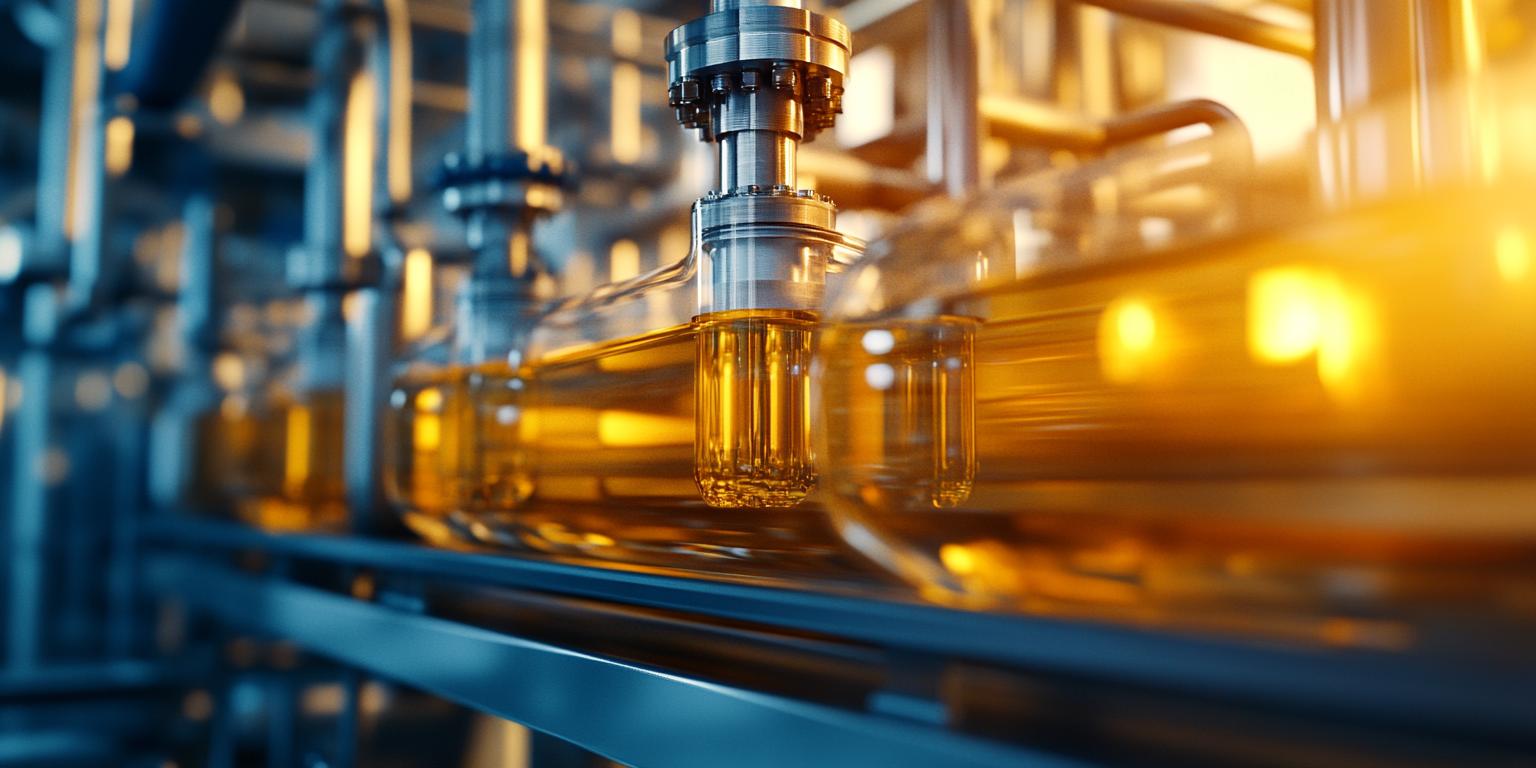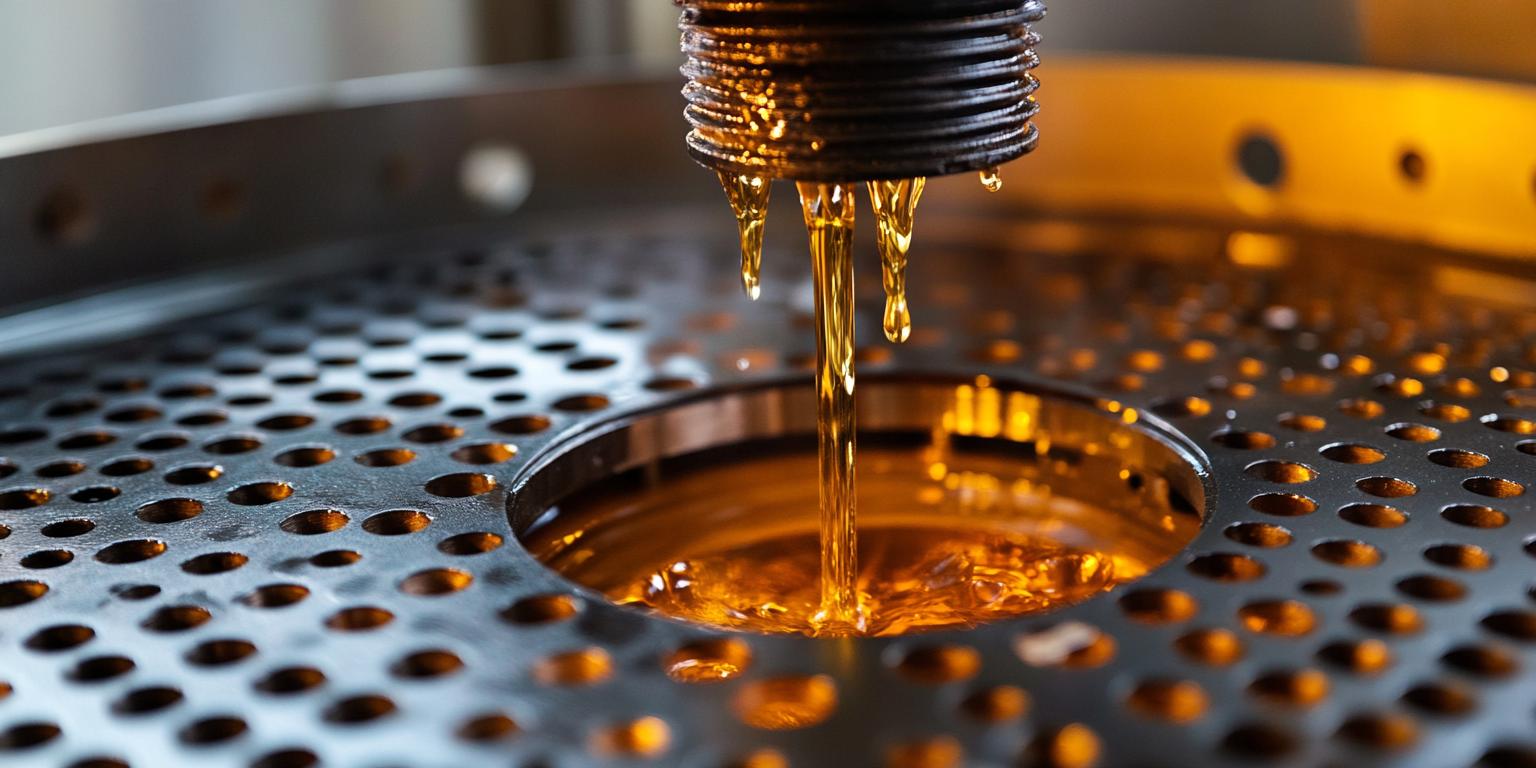
In today's market, soybean oil presses play a crucial role in small and medium-sized production scenarios such as small oil mills and family workshops. The demand for high - quality soybean oil is on the rise, and the soybean oil press industry is also evolving rapidly. According to market research, the global market for soybean oil presses is expected to grow at a CAGR of about 5% in the next five years, mainly driven by the increasing demand for healthy and natural edible oils.

There are mainly three types of soybean oil presses: screw, hydraulic, and integrated models. Each type has its own unique impact on oil purity and yield.
| Model Type | Oil Purity Impact | Oil Yield Impact |
|---|---|---|
| Screw Oil Press | Generally has a medium oil purity. Due to the continuous pressing process, there may be some minor impurities in the oil. | Can achieve a relatively high oil yield, usually around 35% - 40%. |
| Hydraulic Oil Press | Can produce high - purity oil, especially in cold - pressing hydraulic oil presses, which can effectively retain the natural nutrients in the oil. | The oil yield is relatively lower, about 30% - 35%. |
| Integrated Oil Press | Combines the functions of pressing and filtering, which can significantly improve oil purity. | The oil yield is comparable to the screw oil press, around 35% - 40%. |
Soybean pretreatment, including cleaning, shelling, and heating conditioning, has a significant impact on the oil - pressing effect. Cleaning can remove impurities such as dust and stones, reducing the wear of the oil press and improving oil purity. Shelling can increase the oil yield by about 2% - 3% because the soybean hulls contain little oil. Heating conditioning can optimize the physical properties of soybeans, making the oil easier to separate. For example, heating soybeans to about 60 - 70°C can increase the oil yield by about 1% - 2%.

The filtration system is crucial for improving the quality of refined oil. A well - configured filtration system can effectively remove impurities, such as phospholipids, proteins, and pigments, from the crude oil. Different filtration media and filtration levels can achieve different degrees of oil purification. For example, using a multi - stage filtration system can reduce the impurity content in the oil to less than 0.1%, significantly improving the oil's clarity and shelf life.
Let's take a small oil mill as an example. By optimizing the soybean oil press technology, including upgrading the filtration system and improving the pretreatment process, the oil mill increased its oil yield by 5% and reduced the impurity content in the oil by 30%. This not only increased the economic benefits but also improved the competitiveness of the products in the market. Moreover, the by - products such as soybean cakes can be used as high - quality animal feed, achieving sustainable development.
 oil pressing technology" style="width: 100%; margin: 20px 0;">
oil pressing technology" style="width: 100%; margin: 20px 0;">
In conclusion, optimizing the technology of soybean oil presses is essential for improving oil purity and yield. Whether you are a small oil mill or a family workshop, mastering these technologies can bring significant economic benefits. 立即获取《大豆榨油机选型指南》PDF,助你精准匹配生产需求 (Get the PDF of "Soybean Oil Press Selection Guide" now to help you precisely match your production needs!)


